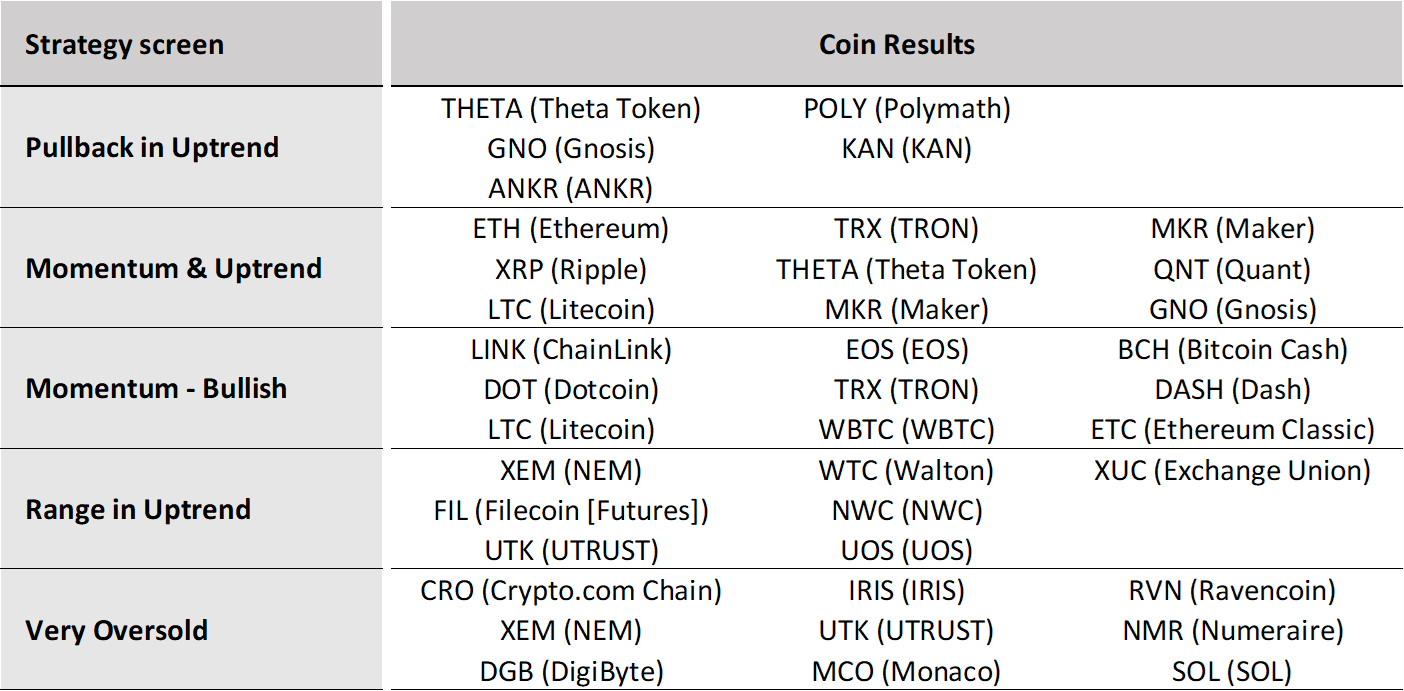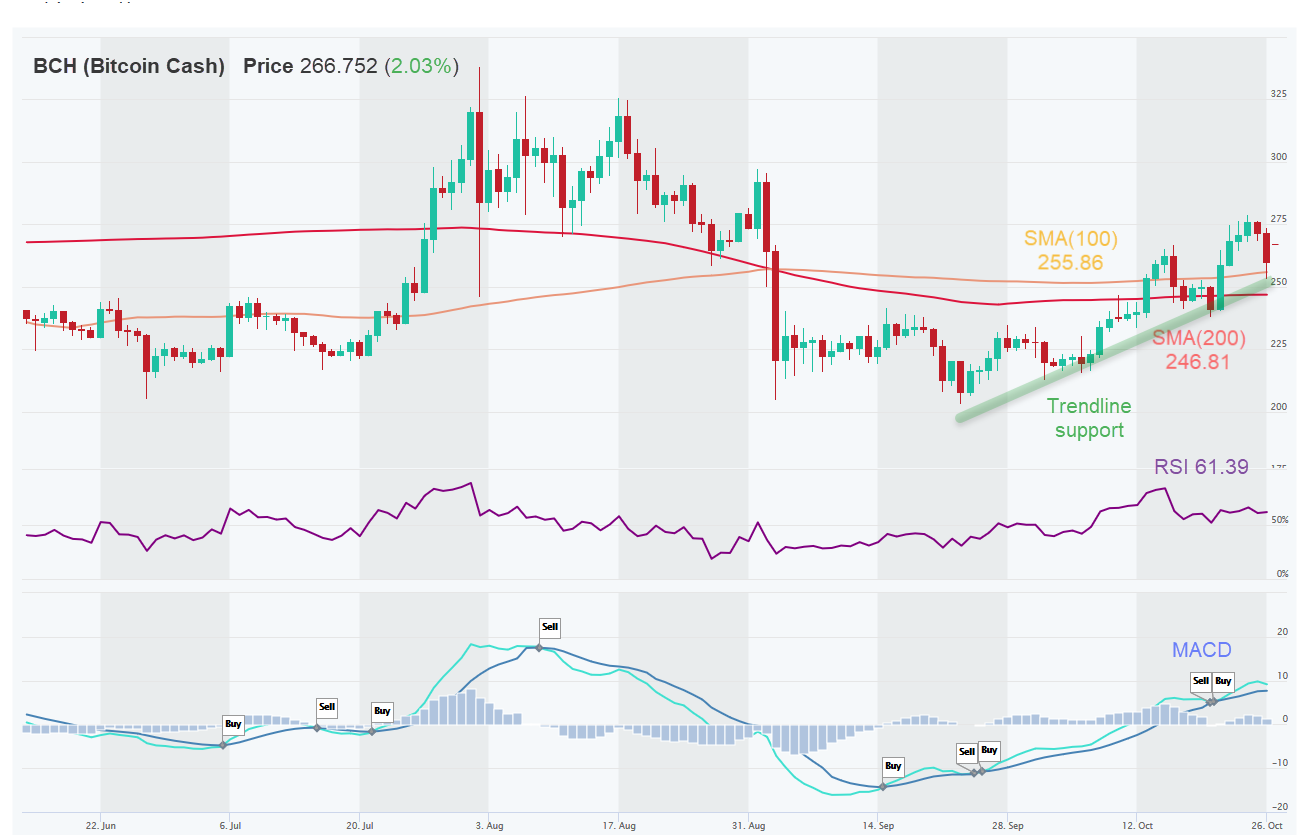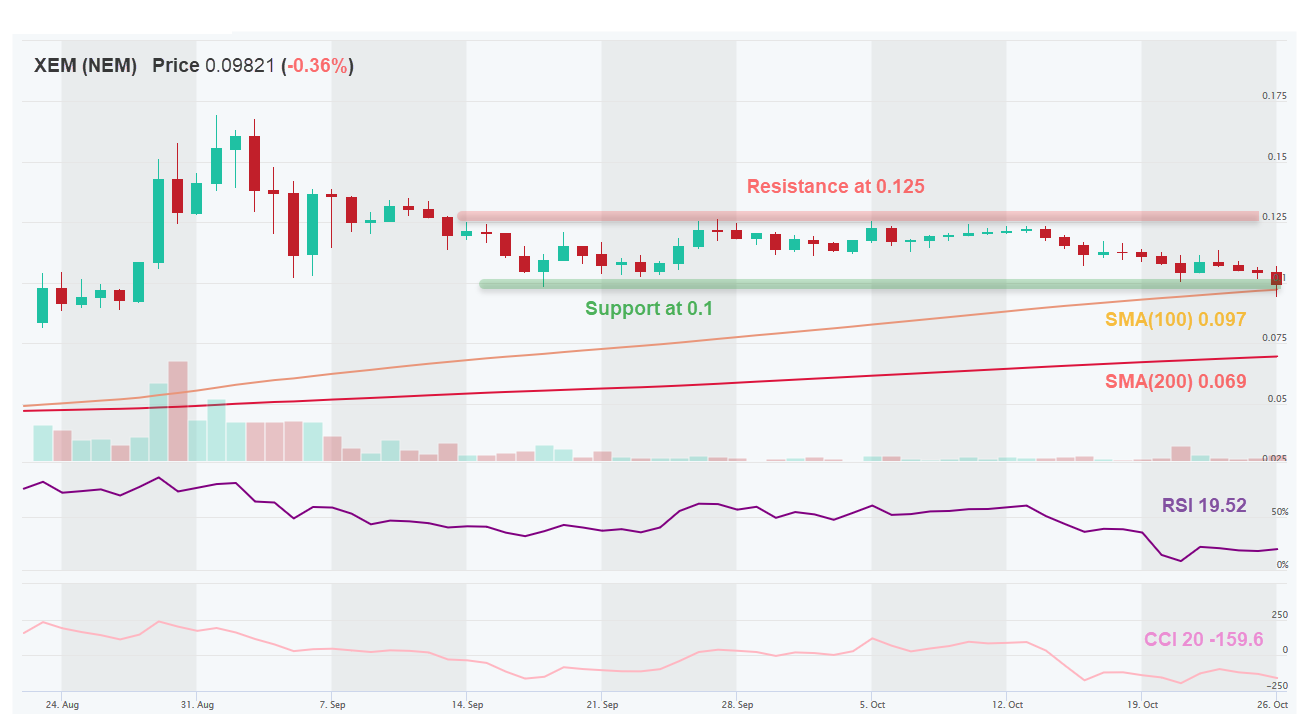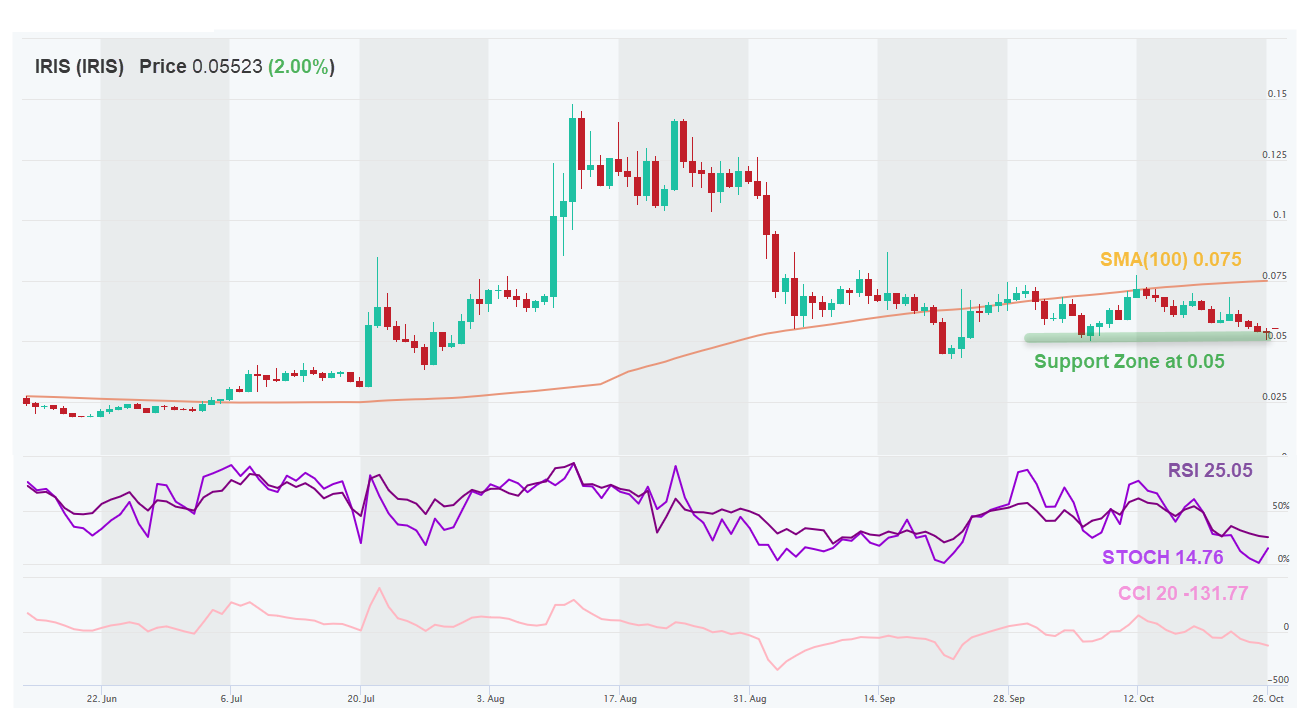Strategy Screen updates (BTC, ANKR, THETA, BCH, XEM, IRIS)
We’re highlighting results for five popular strategy screens, and featuring new picks.
These screens are now accessible in our Signals Summary tab to all users. You can run these screens anytime (watch 3 min video) and create alerts to get notified with coins or pairs that match the screen criteria.
Below we highlight one specific setup for each strategy screen, but let’s start with Bitcoin (BTC), because it sets the tone for the entire market.
Last week, we witnessed some very bullish action on BTC. It not only broke resistance at $12K, but also charged through $13K and is making new highs this year! With no real resistance to serve as a guide, we check the Fibonacci retracements theory, based on which, we’ve reached a 61.8% retracement from the 2017’s all-time high and this level also coincides with high from June 2019. Also, we note that RSI is quite overbought, but if this resistance is taken out, then path to $16,300 is clear!
Bitcoin’s bullish trends (TA and fundamentals) set up a positive backdrop for altcoins.

Now onto the five strategy screens. Here are the highlights:

1. Pullback in Uptrend. This is a trend following strategy. Pullbacks can often provide opportunities to jump on an established trend.
We’re highlighting price action of ANKR (Ankr), because it is trading near SMA(100) and on the trend line support of channel up. RSI at 60 still has room to run and if ANKR manages to bounce from these levels, the channel will continue upwards.

2. Momentum & Uptrend. This screen looks for coins in a long-term uptrend and a recent bullish momentum upswing.
THETA (Theta Token) is quite interesting, because it has produced a fresh MACD signal and is also trading at trend line and horizontal support at $0.60. If it respects this trend line support, with fuel from MACD it may test again the triple resistance at $0.80. Also, Theta is supported by SMA(100) at $0.50 in case trend line support fails.

3. Momentum – bullish. This screen looks for coins with recent bullish momentum, regardless of trend direction.
- Confirmation of a trend. If the momentum signals are bullish and the general uptrend is Up, then this can serve as a confirmation.
- Reversal indication. If the momentum signals are bullish but the general trend has been Down, then this could signal a trend reversal (from Down to Up in this case). Vice versa, if the coin has been in an UpTrend, but momentum signals turn bearish, this could indicate a correction / pullback or a trend reversal.
Bitcoin Cash (BCH) has an interesting setup, because it is trading very close to both SMA(100) and SMA(200) and trend line support, which increases the probability of BCH respecting this support. Moreover, it produced a fresh MACD buy signal and with RSI still below 70 it has very decent potential for continued bullish action. Also, it is one of the four “PayPal coins“.

4. Range in Uptrend. Range-bound trading is a trading strategy that seeks to identify and capitalize on coins trading in price channels.
We’re highlighting XEM (NEM) again (same as last week), because it is still respecting this setup. It is still ranging between $0.125 and $0.100. Each day that SMA(100) is not broken increases the likelihood of a bounce. RSI and CCI have entered oversold territory at 19.52 (last week 35.01) and -159.6, respectively, which can also indicate seller exhaustion.

5. Very Oversold. This screen looks for extremely oversold situations that could be ripe for a bounce as sellers get exhausted and value hunters step in. This type of situation ain’t for the faint of heart and is clearly intended for swing traders looking for a reversal. But it could turn into one of those “catching a falling knife” situations.
IRIS (IRISnet) is very oversold on RSI, STOCH and CCI 20, and it has recently produced bullish divergence on STOCH (price fell from $0.05405 to $0.0538, while STOCH increased from 1.00 to 14.76). This may indicate potential seller exhaustion. It is also trading near support zone at $0.050. Also, note that it has respected the SMA(100) resistance fairly well.

Risk management – Stop Loss and trade size. In all of these setups, traders should use Stop Loss orders to manage their downside risk, in case the trade goes against us, as it often will. Trading is about probabilities and even though these setups have a high win rate, one must be prepared to minimize losses on the trades that go bust. If Stop Loss order types are not supported by they exchange, at least set up a price alert (see video). Also, trade size should be such that you never risk losing more than 2% of your total equity. Keeping the trade size small allows the trader to setup a wider Stop Loss, which gives the trade more room and time to complete with success. Setting Stop Loss levels too tight can often result in getting knocked out of a trade prematurely.
Disclaimer: This content is for informational purposes only, you should not construe any such information or other material as investment, financial, or other advice. There are risks associated with investing in cryptocurrencies. Loss of principal is possible.